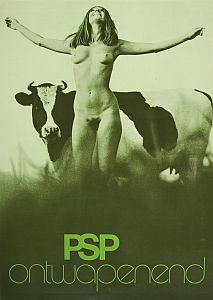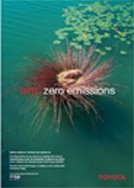
Last week during the International Marketing Congress in Belgium I listened to the presentation of Professor Chan Kim on the concept of Blue Ocean. For those who are not familiar with this concept, it is based upon the idea that instead of competing head-to-head with rivals companies make them irrelevant by defining a new market space. And this new market space is like a Blue Ocean, in comparison to the Red Ocean that is coloured red through the bloodshed of heavy competition.
It would be interesting to see how this strategy applies to the media world. Consumers have become more selective and advertisers even more focussed on accountability, which makes it for players in the media market even more diffcult to survive. The entire media industry is in great flux and it will take time and quite some courage to make the necessary changes and strategic moves. Technology is defining the pace and the direction of change today; the web 2.0 defines where we go today, not Mr. Murdoch. The billboard industry in the USA is flourishing because of the integration of the traditional and new media; publishers are trying out different models of integration and so do TV channels. Will content in the future be a branded product and delivered via different channels owned by independent media companies or will consumers get and organise the news? News covered in print, on the web, on TV, on your PSP, on your mobile. Will the consumer survive this "always on" society without a media-free space? Will the medium still be the message or will the branded message take over the role of the medium? It is time for business and communication visionaires, sociologists, marketeers and psychologists to give their input and develop strategies that will create this blue ocean.















